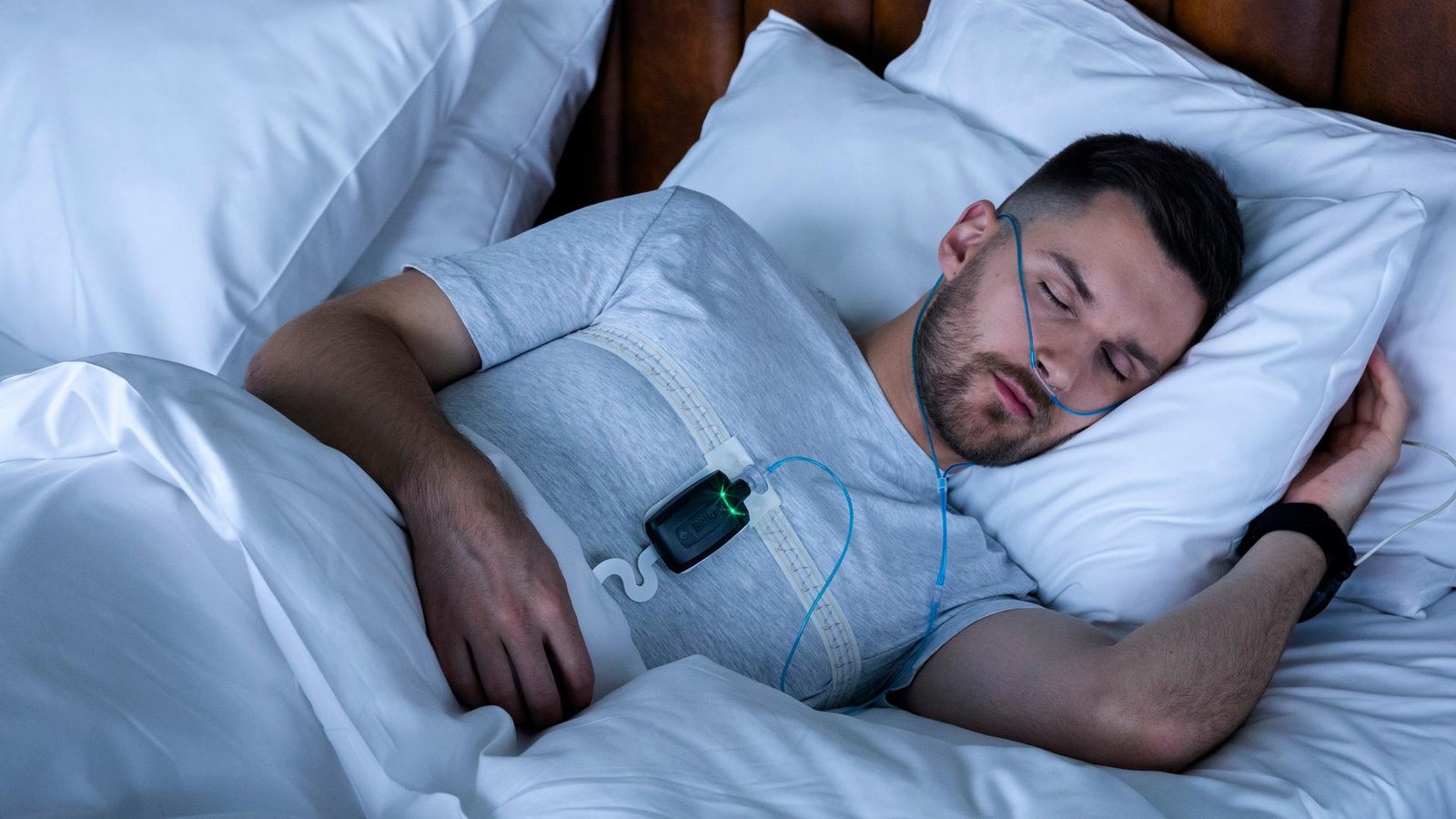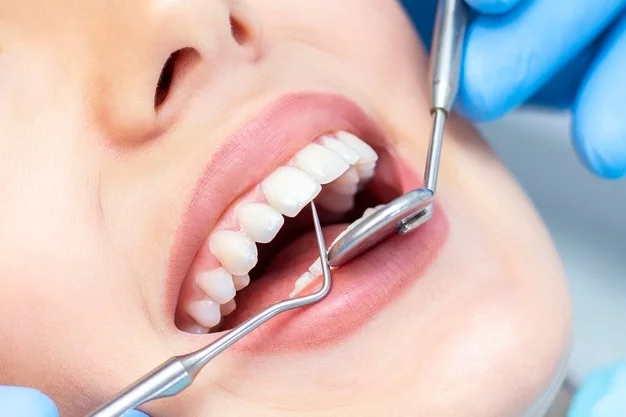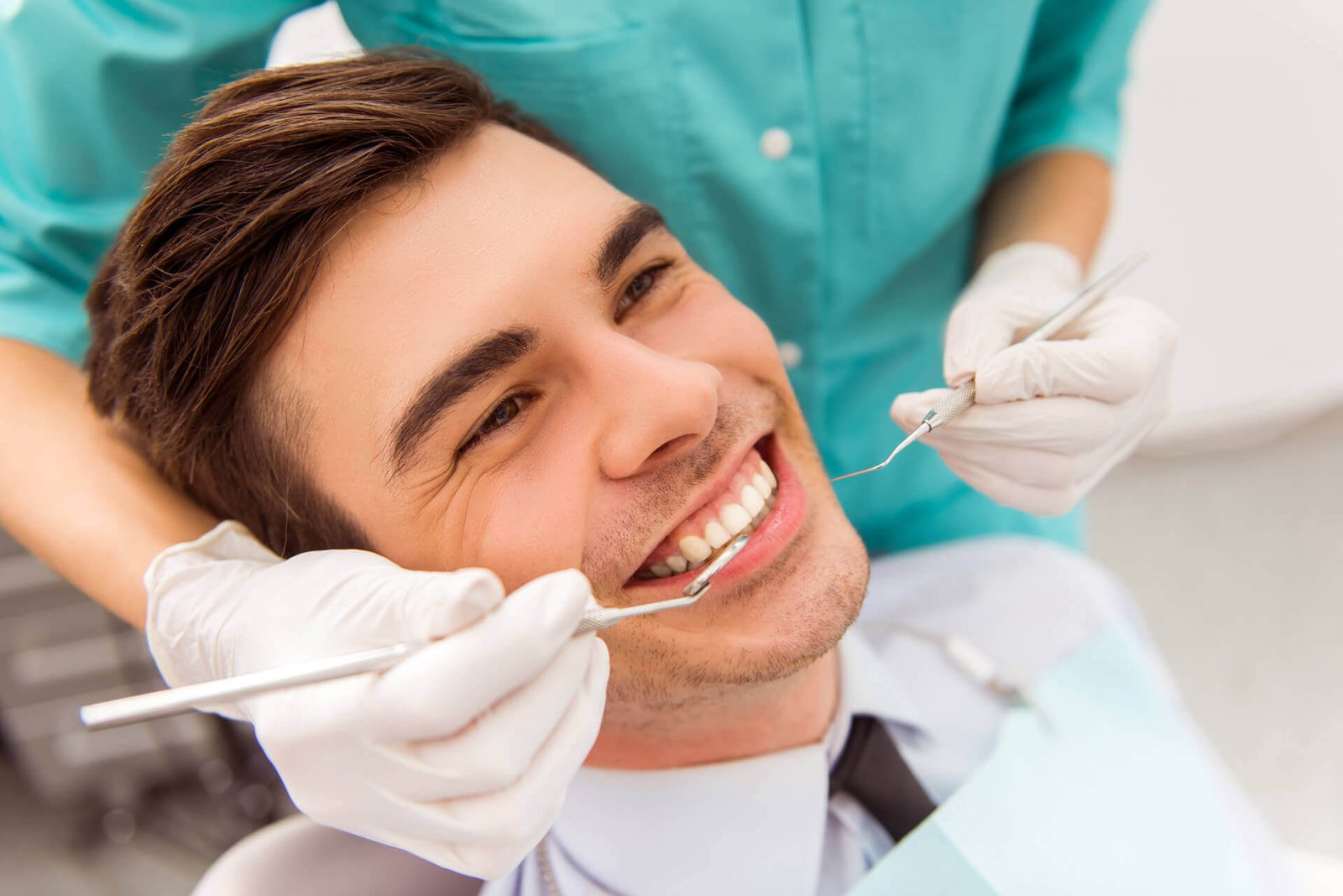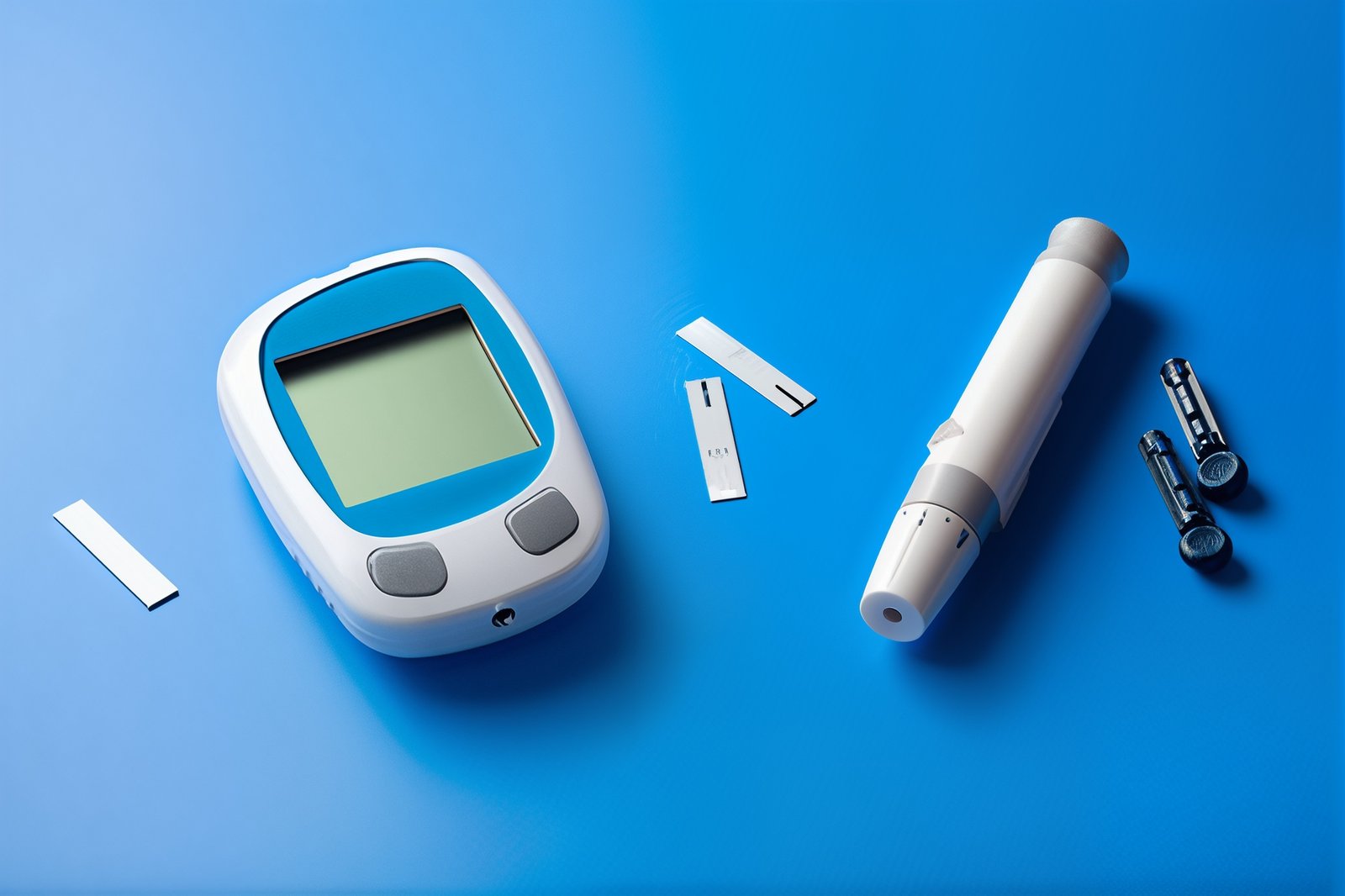Sleep apnea is a prevalent condition that affects numerous individuals worldwide, leading to interrupted sleep and a range of associated health issues. Identifying the condition early is crucial for managing its effects and improving sleep quality. Conducting a sleep apnea self test at home can be an effective way to detect potential symptoms before consulting a healthcare professional.
Understanding Sleep Apnea
Sleep apnea is characterised by repeated interruptions in breathing during sleep, which can prevent restful sleep and lead to daytime fatigue. It is typically classified as obstructive, central, or complex sleep apnea syndrome. Obstructive sleep apnea is the most common form and occurs when the throat muscles intermittently relax and block the airway during sleep. Central sleep apnea, on the other hand, is related to the brain’s failure to signal the muscles to breathe.
Why Self Testing is Important
Self testing for sleep apnea is significant because early detection can help individuals seek timely medical intervention. With the growing accessibility of technology, conducting self tests has become more feasible. At-home tests can provide preliminary insights that signify the need for further professional evaluation. This empowers individuals to take control of their health management proactively.
Preparing for a Home Sleep Apnea Test
Preparation is key to effectively performing a sleep apnea self test. To ensure accurate results, create a conducive environment by following these steps. First, make sure you have all necessary equipment at home, such as a reliable breathing monitor or a sleep tracking app that can facilitate the test. Set a regular sleep schedule in the days leading up to the test by going to bed and waking up at the same time each day.
The Tools You Need
Several tools can aid in conducting a sleep apnea self test. Devices like wearable sleep monitors and smartphone applications are designed to detect irregular breathing patterns. Some of these devices can track oxygen levels and heart rates, providing valuable data on your sleep cycle. Before selecting a device, ensure it’s validated for accuracy and reliability.
Conducting the Self Test
When conducting the sleep apnea self test, ensure that you follow the instructions provided with your test kit or monitoring device carefully. Typically, the procedure involves wearing a device that records vital statistics such as breathing rate, oxygen levels, and heart rate throughout the night. It is advisable to repeat the test over several nights to gather comprehensive data.
Interpreting the Results
After completing the test, analysing the results accurately is imperative. Most devices come equipped with software to simplify this process. Look for indicators such as the frequency of apnea events per hour, drops in oxygen levels, and any irregular heart rhythms. Consistent readings that indicate potential sleep apnea should prompt professional consultation.
When to Seek Professional Help
If the self test results suggest the presence of sleep apnea, it is crucial to seek medical advice for further assessment. A healthcare provider can confirm the diagnosis through professional polysomnography tests and propose a suitable treatment plan. It’s important not to rely solely on self tests for diagnosis or treatment.
Benefits of Early Detection
The advantages of detecting sleep apnea early are manifold. Early intervention can prevent complications such as cardiovascular issues, daytime somnolence, and impaired concentration. Treatment often includes lifestyle changes, use of BiPAP/CPAP machines, or surgical options, which can significantly improve the quality of life.
Limitations of Self Testing
While self tests for sleep apnea offer convenience and preliminary insight, they do have limitations. They may not be as comprehensive as laboratory-based sleep studies and might miss nuances that only trained professionals can detect. Thus, these tests should be viewed as a stepping stone towards professional diagnosis rather than a definitive evaluation.
Conclusion
Conducting a sleep apnea self test at home serves as a proactive measure to address sleep-related health concerns. It provides individuals with valuable information that can guide them in seeking timely and appropriate medical care. For those suspecting sleep apnea, these self tests offer a valuable starting point in managing their health effectively.





